Learning how to stop a fixie bike is a crucial skill for navigating fixed-gear bicycles. With only one gear and no freewheel mechanism, these bikes maintain a perpetual connection between pedal movement and speed, offering riders a distinctive and simple cycling experience.
Enthusiasts appreciate fixie bikes for their minimalist style and intimate connection to the road. However, the absence of a separate brake system poses a challenge, requiring riders to employ specific techniques using their legs and body.
In this blog post, we will teach you how to stop fixie bike safely and effectively, using four different techniques.
How to Stop Fixie Bike?
Braking with a fixie bike can be a challenge for beginners, as they have to rely on their legs and body to control the speed and stop the bike. Unlike regular bikes, fixie bikes do not have a separate brake system, so you have to use different techniques to stop the bike safely and effectively.
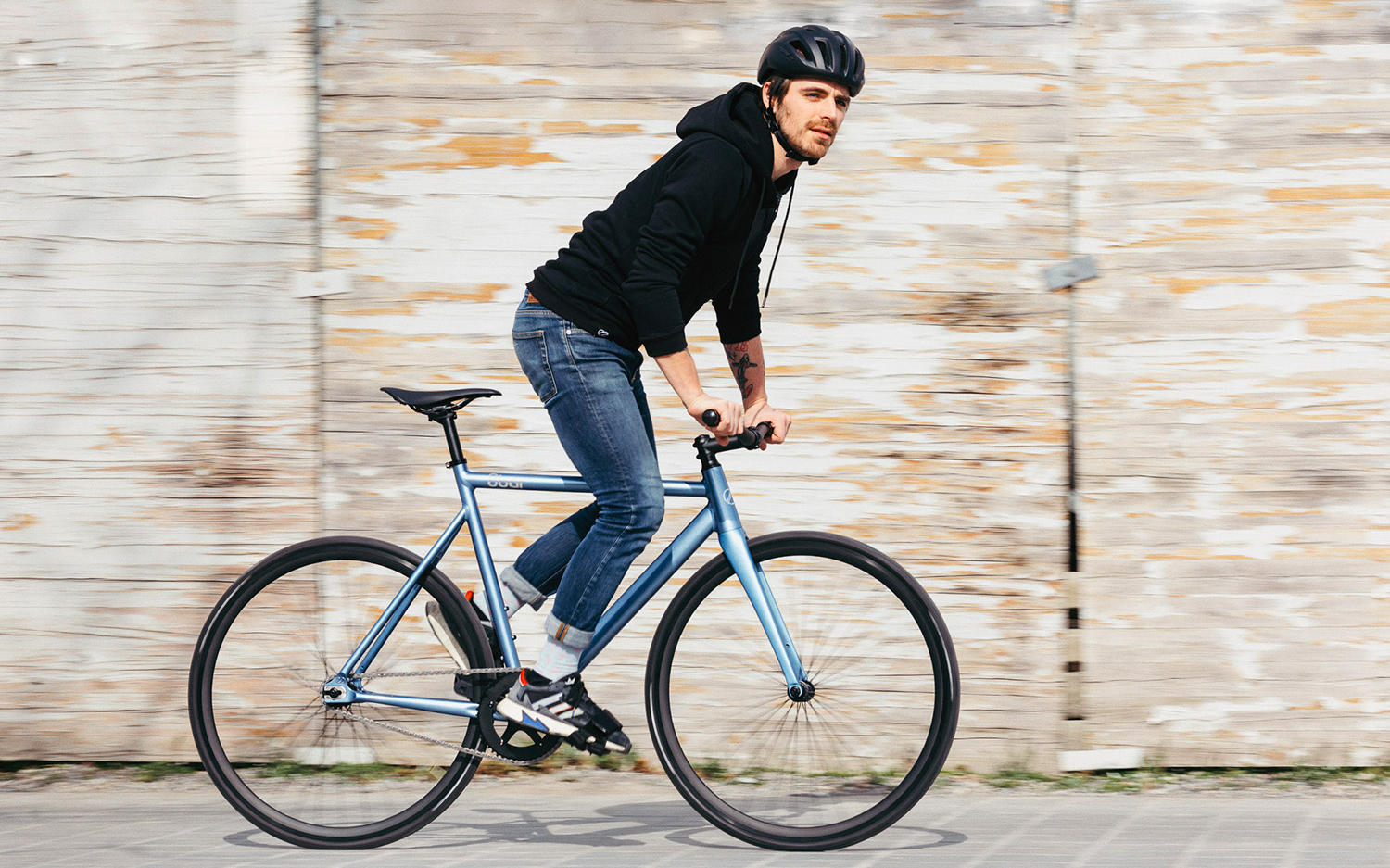
Following are the four methods and tips for braking with your fixie bike, each with its advantages and disadvantages. You can try them out and see what works best for you and your bike.
Method 1: Stop Pedaling and Relax Your Legs
The simplest and most natural way to brake with a fixie bike is to stop pedaling and relax your legs. By doing this, you will gradually reduce the pedaling force and let the rear wheel slow down naturally. This method is easy and smooth, as you do not have to apply any extra pressure or force on the pedals or the bike.
However, this method could be more effective and fast, as it depends on the momentum and inertia of the bike. It may take a long time and distance to stop the bike completely, especially if you are going at a high speed or downhill.
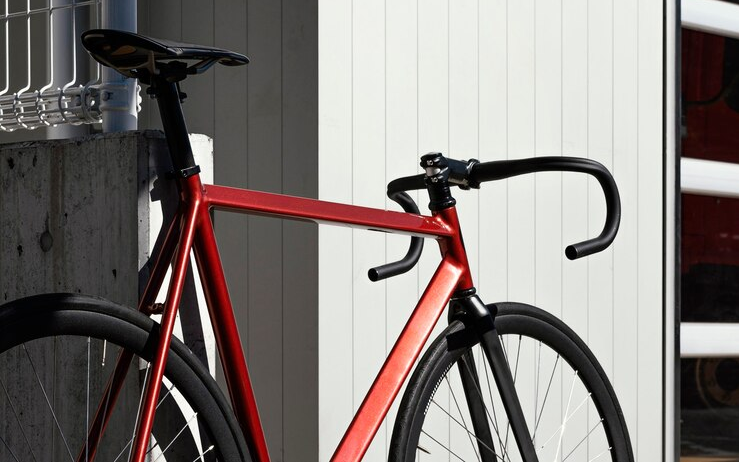
To use this method, you should adjust your body position to lean slightly backward and lower your center of gravity. You should also use your front brake if you have one, as it will help you slow down faster and safer. You should avoid locking your knees, as this may cause injury or discomfort.
How to Stop Your Fixie Bike Without Brakes?
Method 2: Skid Stop
The most popular and flashy way to brake with a fixie bike is to skid-stop. This method involves applying a sudden and strong backward force on the pedals to make the rear wheel skid and stop. This method is fast and cool, as you can stop the bike in a short time and distance, and create a trail of smoke and rubber on the ground.

However, this method is also difficult, risky, and damaging to the tires. You need a lot of skill and practice to master this method, as you have to balance the bike and the pedals while skidding. You also have to be careful of the road conditions, as wet or slippery surfaces may make you lose control or crash.
Moreover, this method will wear out your tires quickly, as you are scraping them against the ground. To use this method, you should shift your weight to the front, as this will reduce the traction and friction of the rear wheel. You should also practice on a flat and dry surface, and wear protective gear, such as a helmet, gloves, and pads.
Method 3: Skip Stop
A variation of the skid stop is the skip-stop. This method involves lifting the rear wheel off the ground slightly and then applying a backward force on the pedals to make it stop. It is easier than the skid stop, as you do not have to skid the whole wheel, but only a part of it.
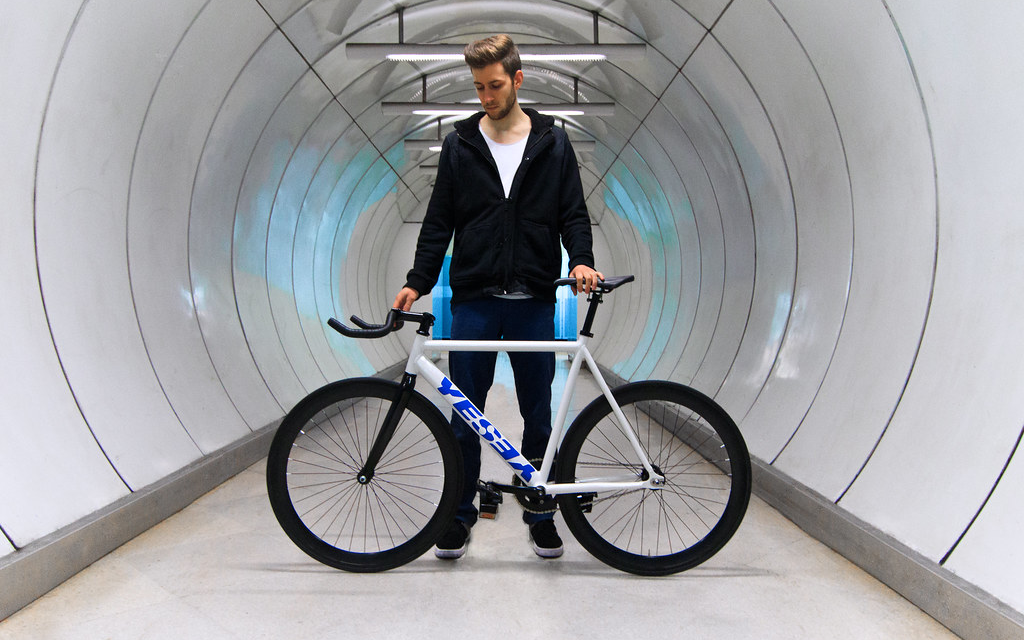
Moreover, this method is also less damaging to the tires, as you are not rubbing them constantly against the ground. However, this method still requires skill and timing, as you have to coordinate the lifting and the stopping of the wheel. You also have to be careful not to lift the wheel too high, as this may make you lose balance or flip over.
To use this method, you should use your front brake to lift the rear wheel, as this will make it easier and safer. You should also keep your balance, and don’t lift the wheel too high, as this may make you lose control or crash.
Method 4: Foot Stop
The last and most basic way to brake with a fixie bike is to foot stop. This method involves using your foot to rub against the rear tire or the ground to create friction and stop. This method is simple and cheap, as you do not need any special equipment or skills. You just need your foot and your shoes.
However, this method is also dangerous, painful, and damaging to the shoes. You may hurt your foot or ankle, as you are exposing them to the spinning wheel or the rough ground. You may also ruin your shoes, as you are wearing them out by rubbing them against the tire or the ground.
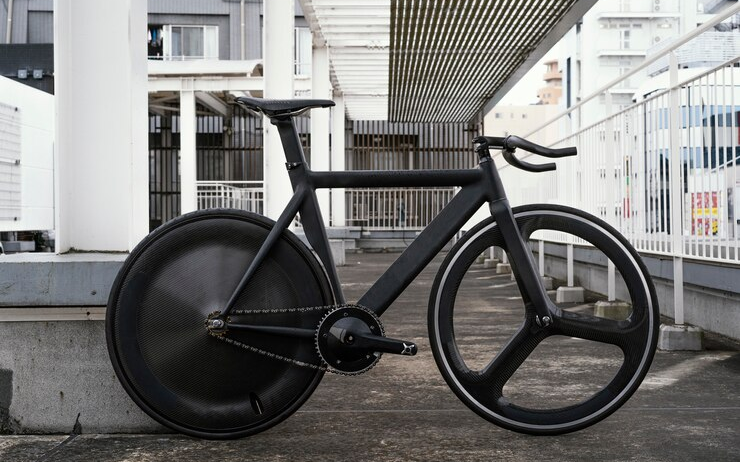
To use this method, you should wear sturdy shoes, such as boots or sneakers, as they will protect your foot and last longer. You should also avoid hitting the spokes or the chain, as they may cut or entangle your foot. You should also use your front brake to reduce the speed, as this will make it easier and safer to stop.
How Is It Safer to Brake Without Brakes?
Braking without brakes on a fixie bike may seem risky, but it can be safer than relying on faulty or ineffective brakes. By using different methods you can control your speed and stop smoothly.
These techniques discussed require skill, practice, and caution, but they also give you a more direct connection with the pedals and the rear wheel, which can help you modulate your speed, prevent accidents, and improve your balance, coordination, and awareness of the road.
Common Mistakes & How to Avoid Them
Overreliance on Backpedaling
One of the most common mistakes that fixie bike riders make is relying solely on backpedaling to brake. This can be dangerous, as it can cause the rear wheel to lock up, skid, or lose traction, especially on wet or slippery surfaces.
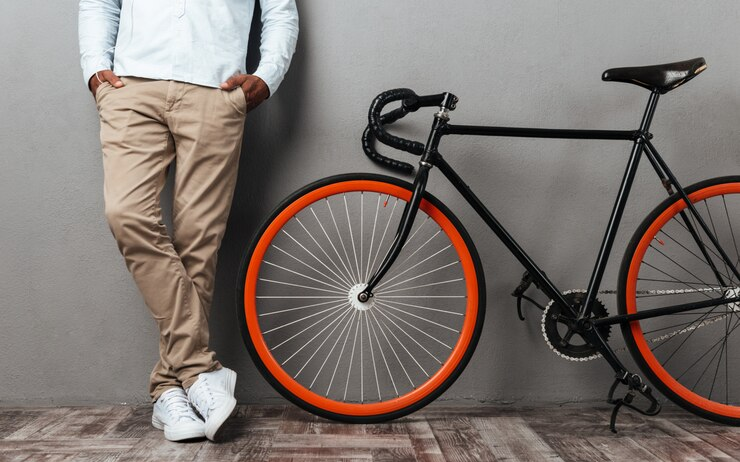
Backpedaling also puts a lot of stress on the knees, ankles, and hips, which can lead to injuries or chronic pain. To avoid these risks, riders should use a combination of techniques to brake. The techniques discussed above can help riders control their speed, stop smoothly, and prevent accidents.
Ignoring Maintenance
Another common mistake that fixie bike riders make is ignoring the maintenance of their brakes. Even though fixie bikes have no brakes, they still need regular inspection and adjustment of the chain, cog, lockring, and hub. These components are essential for the proper functioning of the drivetrain, which affects the braking performance.
If these components are loose, worn, or damaged, they can cause the chain to slip, the cog to spin, or the hub to fail, resulting in a loss of braking power or a catastrophic failure. To avoid these consequences, riders should check and tighten these components before every ride, lubricate the chain regularly, and replace any parts that show signs of wear or damage.
Conclusion
To ride a fixie bike safely and confidently, you need to master the art of stopping it. In this post, we have explored four braking methods of how to stop fixie bike, which are: stopping pedaling, skid stop, skip-stop, and foot stop.
Each method has its pros and cons, so you should try them all and see what works best for you. Braking without brakes may sound scary, but it can make you feel more connected to your bike. Just remember to practice, be safe, and have fun. Let us know what you think in the comments.
FAQs
Replace brake pads when they reach 1 mm thickness or less, depending on usage.
Yes, most jurisdictions require at least one front brake on bikes for safety reasons.
Fixies can be hard to climb, lack gears, require more skill, offer less control, and need more maintenance.
Fixies can be challenging uphill due to a single gear; develop leg strength for smoother uphill rides.



